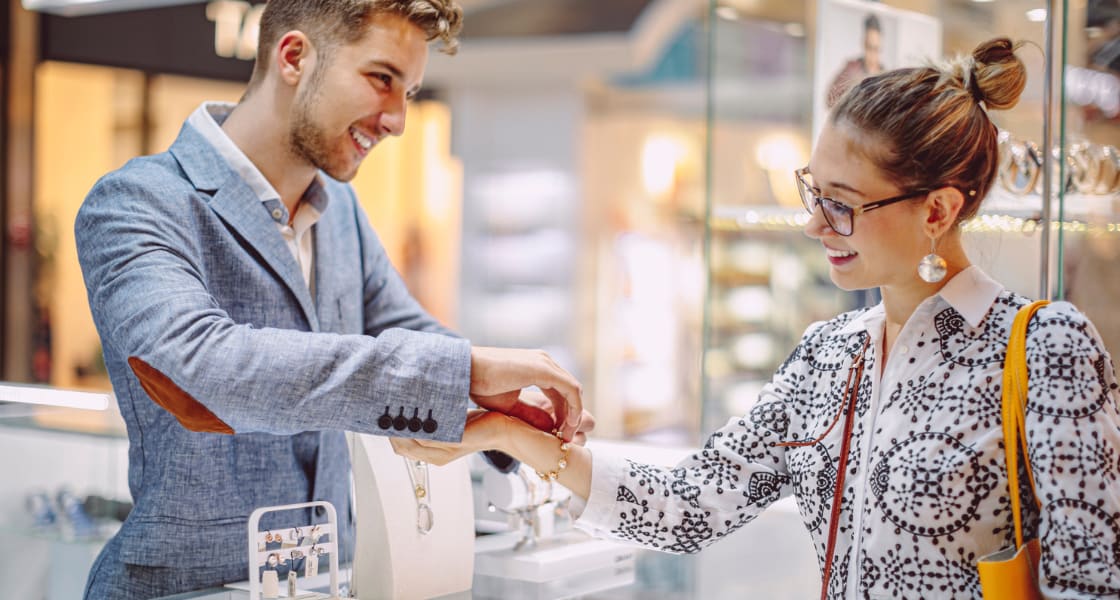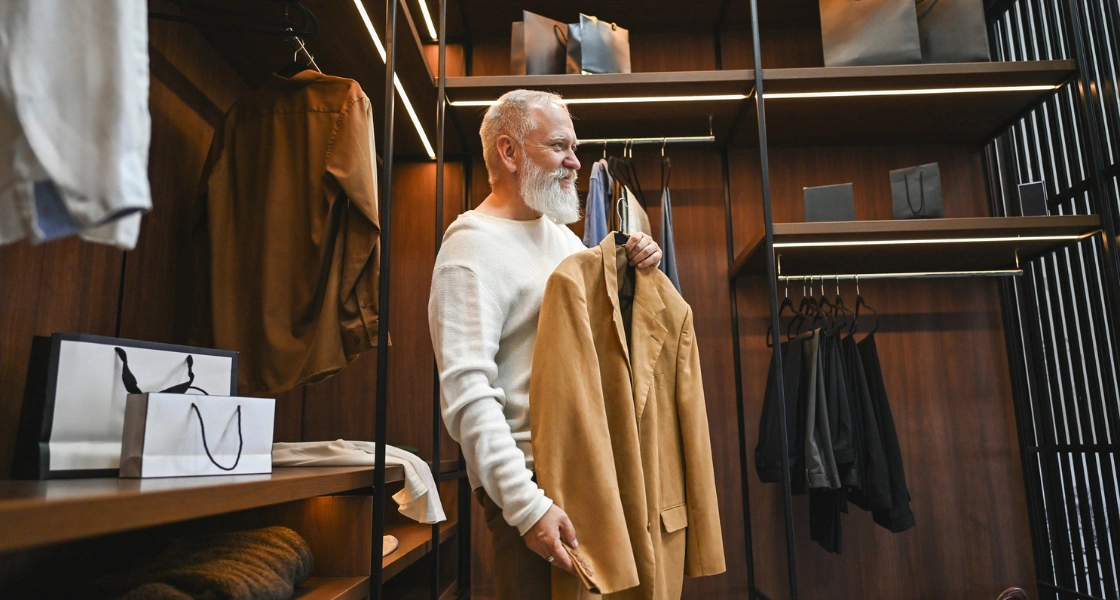Retail
AI Bots, Brat Chic And #Underconsumption: The State Of Luxury In 2025
2 May 2025

The Evolution of the Luxury Industry
It all culminated in the luxury slowdown of 2024, when the personal luxury goods market witnessed its first downturn since the Great Recession. Brand recognition for luxury players might be bigger than ever (see LVMH, which was the biggest sponsor of the Paris Olympics) but their sales have fallen, and profits have lagged, mainly due to waning demand from the previously thriving Chinese market, plus Covid-era ‘aspirational’ shoppers reining in their purchases.
Meanwhile, younger generations – in Europe and North America at least – seem to be rejecting the ultra-consumerist nature of luxury, whether it was TikTok videos promoting the ‘less is more’ mindset of #underconsumptioncore or the ongoing #dupe craze, where Gen Z-ers flaunt their imitations and counterfeited goods.
Unfortunately, many retailers have been feeling the impact: 2024 was a year when some online retailers collapsed (Matches Fashion) and others restructured under new ownership (Richemont’s Yoox Net-a-Porter was acquired by Mytheresa).
The Transformative Impact of Technology on Luxury Retail
Yet, as the decade hits its halfway point, luxury now appears to have reached something of an inflection point. As Cegid’s Luxury Retail Trends Report 2025 points out, there are plenty of green shoots indicating the downturn may have passed its worst. Indeed, in January 2025, LVMH reclaimed its crown as Europe’s most valuable company after being supplanted by Danish drug company Novo Nordisk for the last 18 months. Sales have also increased for those brands such as Hermès which have focused on serving their richest customers – rather than targeting the mass luxury market.
One of the biggest hopes for the luxury sector is technology. AI and cloud technology is transforming the way luxury retailers operate, with proven benefits for enhanced customer service and employee productivity. Tech’s ability to drill down into consumer data such as purchase history and size/colour preference, is helping luxury retailers understand their customers better, meaning they can quickly offer personalised suggestions at a speed never seen before. As our report also finds luxury designers are using AI as a creative aid, while it’s also improving luxury supply chains too.
Explore the Future of Luxury Retail: Download Our 2025 Trends Report
Luxury consumers are also showing an increasing appetite for experiences, favouring the likes of travel, social events, hospitality, dining and wellness over tangible goods. Many luxury brands seem well-equipped to adapt to these societal changes, helping drive traffic back to stores by offering innovative physical retail environments such as Louis Vuitton x Murakami’s recent pop-up or Saint Laurent’s new bookstore in Paris. Transactions no longer need to take place in store either; many retailers now have private members’ or branded beach clubs. Luxury brands have also been rewarding their most loyal customers (aka the ‘VICs’ or ‘Very Important Clients’) by treating them to front-row seats at fashion shows, events such as the Oscars or exclusive Christina Aguilera concerts.
Emerging Markets and Growth Opportunities in Luxury Retail
The $197bn secondhand market continues to thrive, while the success of ethical/environmentally led measures (such as Pandora switching to 100% recycled silver and gold) shows prioritising sustainability can be a value creation opportunity. Increased scrutiny of supply chains is making it more difficult for luxury brands to renege on their ESG commitments too.
Arguably, the disappointment surrounding China’s luxury fatigue is gradually being offset by excitement surrounding emerging markets: one recent Bain & Company report estimated Latin America, India, southeast Asia and Africa are collectively expected to add more than 50m upper-middle class luxury consumers in the next five years.
Japan has also unexpectedly emerged as a luxury retail hotspot, attracting HNWI shoppers due to a weaker yen. Many luxury brands will be also looking to the US in 2025 and opening stores away from the coastal cities, thanks to the country’s strong economy and proposed tax policies from the new government which are expected to see more disposable cash land in the hands of high-spenders.
Opportunities for Growth in the Luxury Market
Another break in the clouds for luxury brands is the Great Wealth Transfer: the property asset boom which will see an estimated $84 trillion of wealth change hands from baby boomer parents/grandparents to millennial and Gen Z children/grandchildren, and could mean they have more cash to spend on luxury goods.
Conclusion
There could be a bumpy few months ahead, but as our trends report shows, luxury retailers also have plenty to look forward to and many potential opportunities in the next five years and beyond. We hope you enjoy reading the report…


